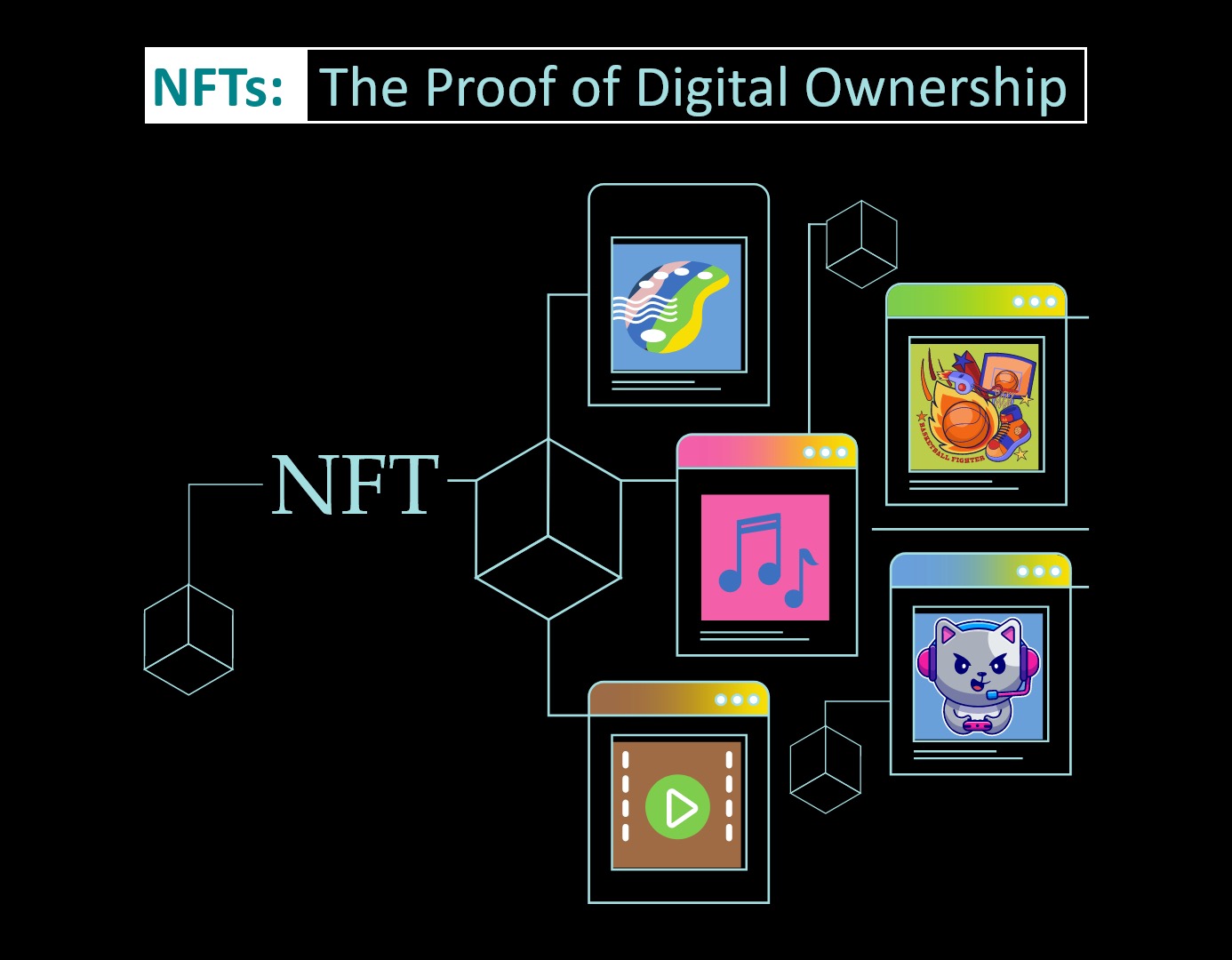NFTs 101: Your Ultimate Guide To The World Of Digital Ownership
NFTs 101: Your Ultimate Guide to the World of Digital Ownership

- The Benefits Of Using Blockchain For Transparent Voting Systems
- Demystifying The World Of Cryptocurrency A Deep Dive Into Proof Of Stake
- The Future Of Tokenized Securities On Blockchain A Paradigm Shift In Capital Markets
- A New Era Of Lending In Decentralized Finance Understanding Flash Loans
- The Role Of Blockchain In Fighting Climate Change
Imagine owning a piece of digital art that’s as unique as a Picasso painting, or collecting limited-edition sneakers that exist only in the virtual world. Welcome to the realm of Non-Fungible Tokens (NFTs), where the boundaries of art, technology, and ownership are being redefined.
In this article, we’ll delve into the fascinating world of NFTs, exploring what they are, how they work, and what you need to know to get started.
So, what exactly is an NFT?
An NFT is a digital asset that represents ownership of a unique item, such as art, music, videos, or even collectibles. It’s stored on a blockchain, which is a decentralized and secure way of recording transactions and data. Think of it like a digital certificate of authenticity, proving that you own a one-of-a-kind item.
How are NFTs created?
NFTs are created through a process called "minting," which involves uploading your digital content to a platform, such as OpenSea or Rarible, and setting a price for it. The platform then creates a unique token on the blockchain, which represents ownership of that item.
What makes NFTs special?
Several factors contribute to the uniqueness of NFTs:
- Scarcity: NFTs can be limited in quantity, making them scarce and valuable.
- Ownership: When you buy an NFT, you gain ownership of that digital item, just like you would with a physical piece of art.
- Transparency: The blockchain ensures that all transactions and ownership are recorded transparently and securely.
- Interoperability: NFTs can be stored in a digital wallet and transferred easily, making them highly liquid.
Types of NFTs
From art and collectibles to music and experiences, NFTs come in various forms. Here are some examples:
- Digital art: Unique pieces of art created by digital artists, often using software or algorithms.
- Collectibles: Rare digital items, such as sports cards or limited-edition sneakers.
- Virtual real estate: Ownership of virtual land or property in online games or metaverses.
- Music: Exclusive music tracks or albums sold as NFTs.
How to get started with NFTs?
Ready to dive into the world of NFTs? Here are some steps to get you started:
- Choose a platform: Research popular NFT marketplaces, such as OpenSea, Rarible, or SuperRare.
- Set up a digital wallet: Create a digital wallet, such as MetaMask or Coinbase, to store your NFTs.
- Understand the fees: Familiarize yourself with the fees associated with buying, selling, and storing NFTs.
- Explore communities: Join online forums, social media groups, and Discord channels to connect with other NFT enthusiasts.
